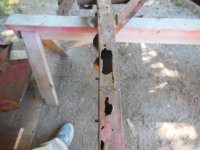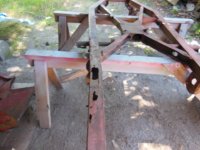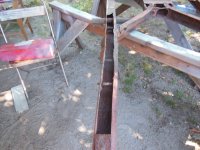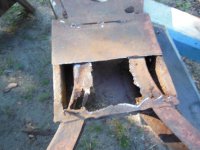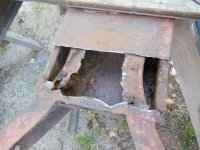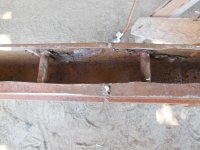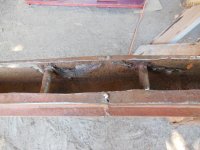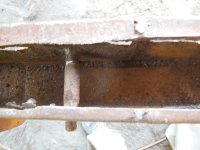Frame repair. To me this frame looks too far gone, but I do not know. Maybe the sections can be cut out and welded. Probably is a good teaching tool for me to learn more about welding. So opinions about this Frame are very welcome.
I am thinking does anyone in the North West, like Washington, Oregon, and Idaho have a frame they would like to part with.
Steve
I am thinking does anyone in the North West, like Washington, Oregon, and Idaho have a frame they would like to part with.
Steve

 Hi Guest!
Hi Guest!

 smilie in place of the real @
smilie in place of the real @
 Pretty Please - add it to our Events forum(s) and add to the calendar! >>
Pretty Please - add it to our Events forum(s) and add to the calendar! >> 
